Liu, Y.H., Cai, X.Q., Ning, K. and Xu, P. (2023). An Efficient Hairy Root Transformation Method for Common Bean based on Petiole Explants. Legume Research. DOI: 10.18805/ LRF-778.
Legume Research
Available Online: 02-01-2024
Abstract
Background: Common bean (Phaseolus vulgaris L.) is a major food legume with high nutritional value and economic importance globally. A remarkable attribute of this plant is its propensity to generate adventitious roots from petioles of detached leaves when moisture is appropriate. This distinctive feature presents promising prospects for harnessing petioles in the facilitation of transgenic hairy root production.
Methods: We achieved the successful induction of transgenic hairy roots from common bean petioles through the utilization of Agrobacterium rhizogenes strain K599. Our experimentation encompassed a diverse array of common bean varieties and leaves of varying ages. Subsequently, we refined and optimized the procedure for hairy root induction.
Result: Our investigations have revealed that the most conducive conditions for hairy root transformation with K599 are attained using 5-day-old leaves from the cultivar ‘Honghuaqingjia’, exhibiting a remarkable induction efficiency of 59%. The usefulness of this system was demonstrated through a subcellular localization analysis of the transcription factor PvTCP2 protein in combination with GFP (Green Fluorescent Protein).
Key words: Agrobacterium rhizogenes, Common bean, Hairy root, Leaf, Petiole.
Hairy root induction and transgenic verification
Positive single clones of K599 were cultivated on YEB solid medium containing rifampicin and kanamycin. The bacterial solution was shaken overnight and coated in solid medium for two days and validated by PCR by using 2xTaq Master Mix (CWBIO, China), the thermocycling profile was as follow: 10 minutes at 94C, then 30 seconds at 94C, 45 seconds at 55C, 30 seconds at 72C with 30 cycles, then 2 minutes at 72C. Then the A. rhizogenes culture was then applied to the petioles of detached leaves at different stages of development. The treated leaves were kept in darkness for two days and then transferred to Petri dishes with dampened paper, under normal growth conditions (25C, 16 hours of light and 8 hours of darkness, with humidity maintained between 50% and 60%). Petioles treated with K599 carrying no pMDC83 vector were used as controls. Hairy roots were induced 12 days after treatment and a portable fluorescent lamp (LUYOR-3415RG) was employed to identify positive hairy roots based on GFP fluorescence. Roots displaying GFP fluorescence were considered transgenic hairy roots.
Learn more about portable fluorescent protein lamp LUYOR-3415RG
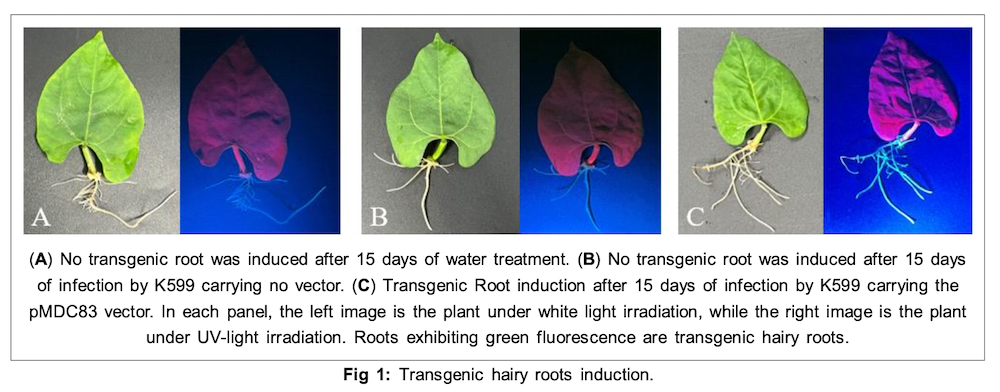
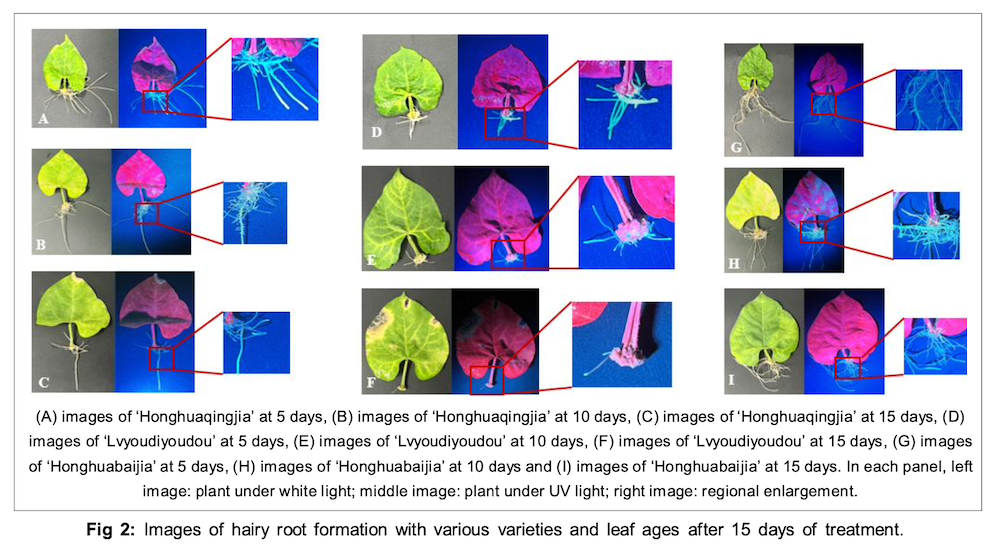




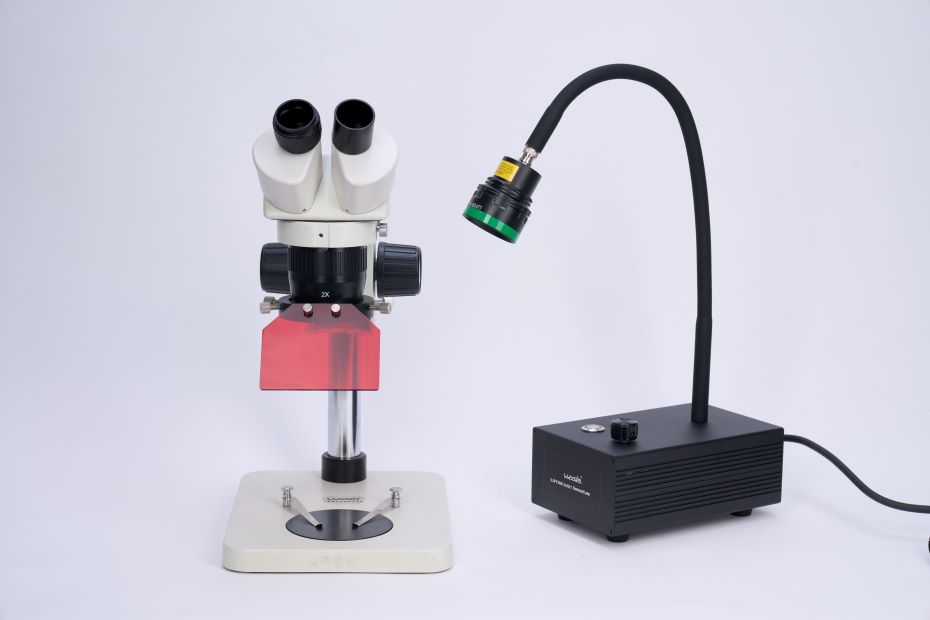
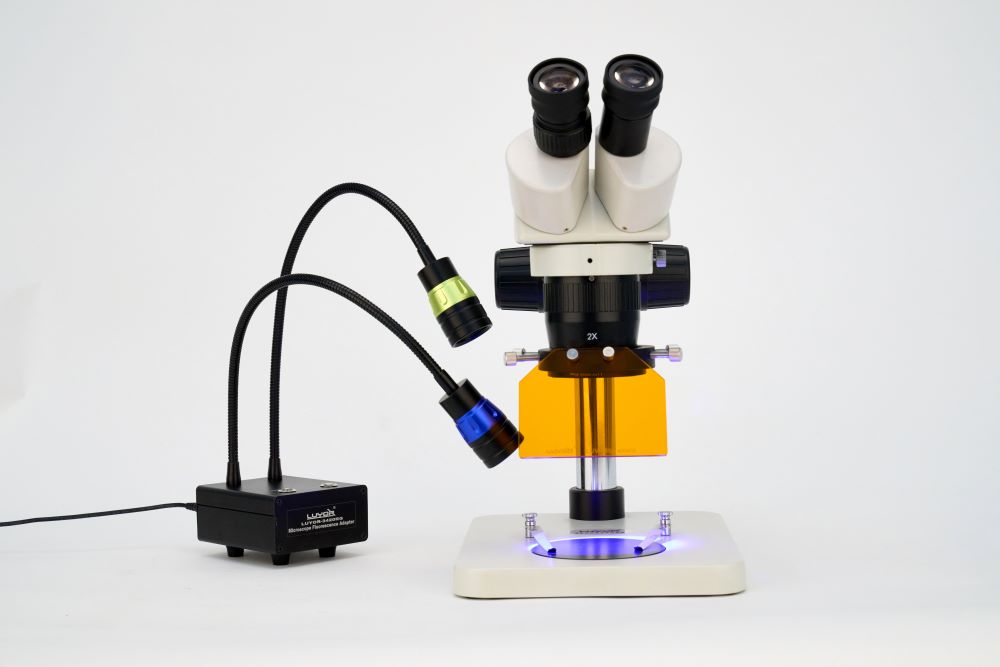
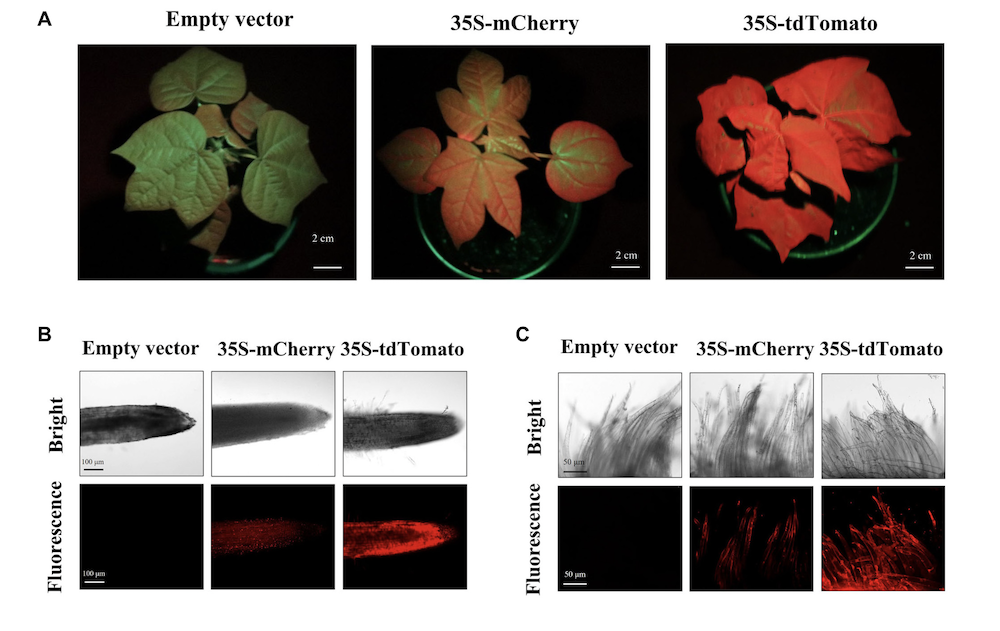
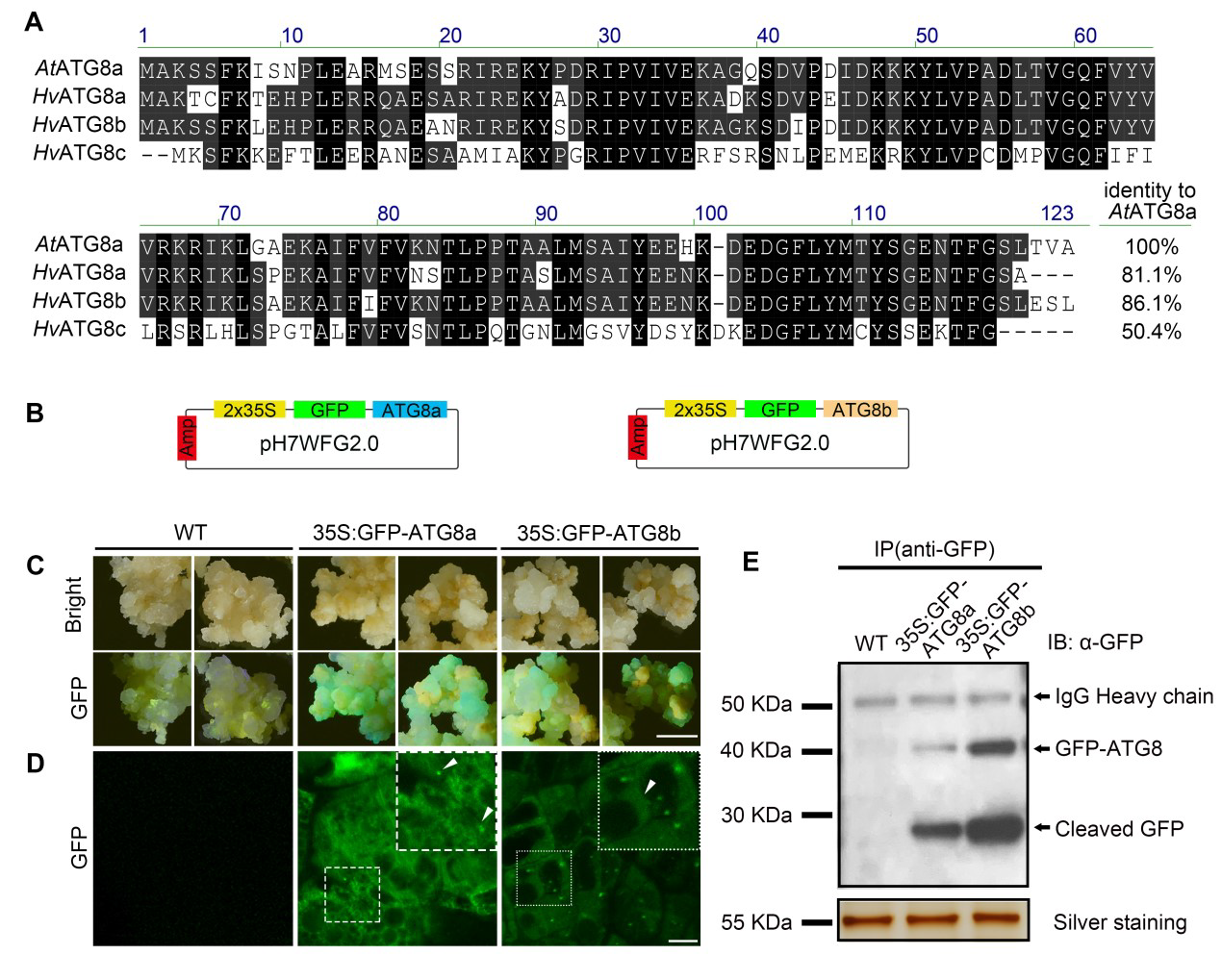
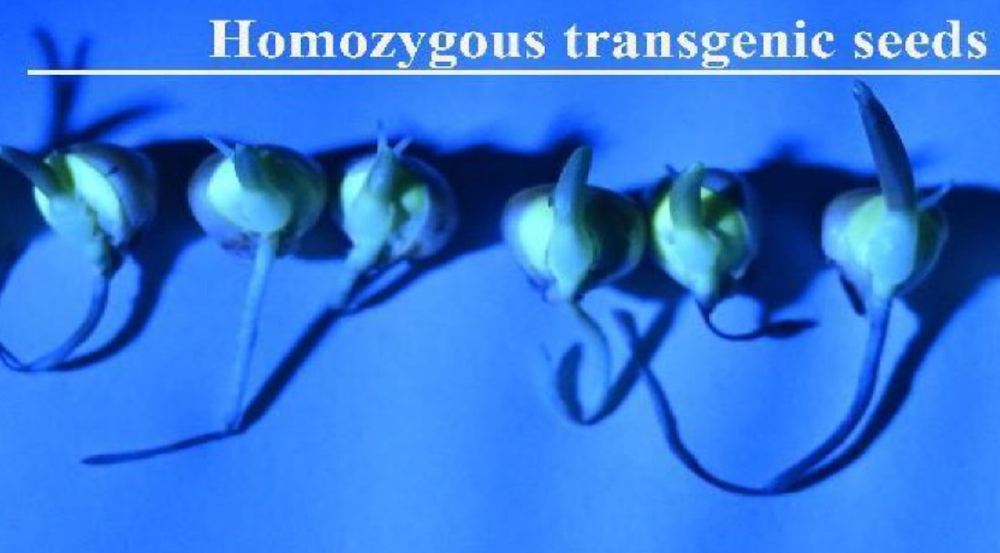

 Follow Me
Follow Me